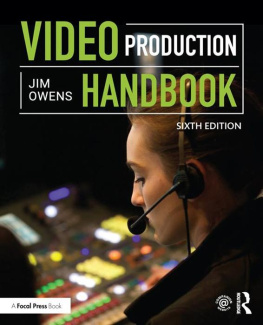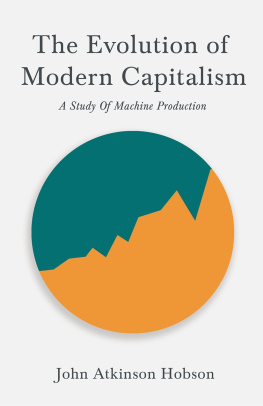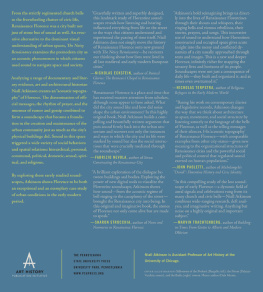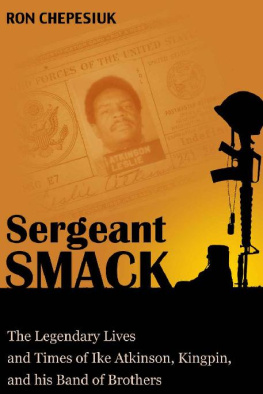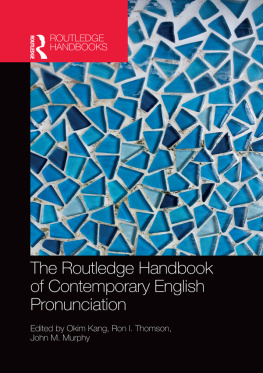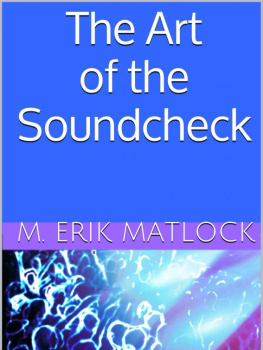
Don Atkinson has spent 30 years in broadcasting, mainly in Independent Television. He has experience in all fields of broadcast audio and particular expertise in location audio. He also spent three years as a VTR dubbing mixer on the half-inch Betacam equipment - now the industry standard. He is currently involved in sound training for the broadcasting industry and universities. His credits include Whicker's World, The Outsider, The Professional and Johnny Come Home. He has been nominated for a BAFTA craft award for location studio.
John Overton has had 34 years' broadcasting experience, with special knowledge of studio audio, culminating in his appointment as Head of Sound for Tyne Tees Television. He is currently a senior tutor at the European Media Training Centre in Newcastle upon Tyne and operates also as a freelance sound supervisor.
Terry Cavagin has spent over 30 years in broadcasting, mostly as Senior Dubbing Mixer for Yorkshire Television. He was Head of Film and Sound for Yorkshire for many years. He now lectures in Film and Television Production at Cleveland College of Art and Design. During his broadcast career he was twice nominated for BAFTA craft awards for film sound.
The Sound Production Handbook
The Sound Production Handbook
Don Atkinson
Audio Consultant, Leeds, UK
With contributions by
John Overton
and
Terry Cavagin
First published 1995
by Blueprint
First edition 1995 Reprinted 2007
Published 2013
by Routledge
2 Park Square, Milton Park, Abingdon, Oxon OX14 4RN
711 Third Avenue, New York, NY 10017 USA
Routledge is an imprint of the Taylor & Francis Group, an informa business
1995 Don Atkinson
Typeset in 10/12pt Photina by Saxon Graphics Ltd, Derby
ISBN 978-1-8571-3028-7
ISBN 978-1-315-07209-8 (eISBN)
Apart from any fair dealing for the purposes of research or private study, or criticism or review, as permitted under the UK Copyright Designs and Patents Act, 1988, this publication may not be reproduced, stored, or transmitted, in any form or by any means, without the prior permission in writing of the publishers, or in the case of reprographic reproduction only in accordance with the terms of the licences issued by the Copyright Licensing Agency in the UK, or in accordance with the terms of licences issued by the appropriate Reproduction Rights Organization outside the UK. Enquiries concerning reproduction outside the terms stated here should be sent to the publishers at the London address printed on this page. The publisher makes no representation, express or implied, with regard to the accuracy of the information contained in this book and cannot accept any legal responsibility or liability for any errors or omissions that may be made.
A catalogue record for this book is available from the British Library
Library of Congress Catalog Card Number: 95-77016
This book is written with the express desire to make sound engineers and recordists, new to the studio and location, aware of the pitfalls and technical requirements for broadcast and corporate work.
The author and co-authors have worked within the broadcast industry for 35 years to date. With the service in broadcasting, experience has been gained in all types of sound recording and transmission as well as personnel management, and much change has been observed in general operation practices from a technical and manning point of view.
Although this book contains technical information, it is not intended to be an absolute technical manual, nor does it contain a high degree of technical data that a newcomer cannot absorb. Indeed, it is designed to give as much information to the reader as possible, and point out relevant differences between studio and location sound operations. There seems to be a general opinion that location work and studio work are the same thing from a sound and picture point of view. Although they are similar they are far from identical; special skills apply on both fronts.
The desire for faster operation and cost saving on location has tended to cause broadcast companies and independent companies to seek much more multiskilling. This has resulted in operators having to play dual roles, often without full training for their new roles prior to operating on location or in the studio. The new National Vocational Qualifications may redress the balance on the minimum training requirements within broadcasting, and this book will take into account all aspects required for such qualifications.
It is the author's hope that the information within this book will be simple enough for the newcomer to understand, but it does require a little prior knowledge of physics and acoustic techniques. Suitable further reading material is listed at the end of the book.
Extracts from Granada Television's Technical Aspects and Transmission Requirements are included by kind permission.
I should like to thank the following broadcast organizations and companies for their valuable assistance in writing this book: AKG Acoustics plc; Ambient Recording GmbH; AMS Industries pic; Audio System Components Ltd; Audio Developments Ltd; Audio Ltd; BBC Television Network; Border Television Ltd; Canford Audio pic; Central Broadcasting Ltd; Dennis Craven, Technical Consultant; Filmtech TV and Film Equipment; Fostex (UK) Ltd; Granada Television Ltd; Nagra Kudelski (GB) Ltd; S4C; Script to Screen Ltd; Sennheiser (UK) Ltd; Soundcraft Electronics Ltd; SQN Electronics Ltd; Sync Facilities Ltd; Studio Audio and Video Ltd (SADIE); The Institute of Broadcast Sound.
Chapter 1
Basic sound principles required in the industry
Sound is a form of energy similar to light, which travels from one place to another by alternately compressing and expanding the medium through which it travels. This is known as wave propagation.
If you throw a stone into a pool of water, the stone will cause a ripple or wave extending outwards from the disturbance. If an object such as a cork is on the edge of the pool, you will see it bob up and down, showing that energy has been transmitted through the water by means of waves. In this case the medium through which the energy has travelled is water. The distance between the ripples is called the wavelength; the height of the wave is called the amplitude.
Consider the analogy of a pendulum. Attach a weight to a thin cord, suspend it from above and allow it to swing freely. If you attach a pencil to the weight, pointing downwards, and draw a piece of paper across the path of the pendulum in contact with the pencil, it will trace out a record of the path of the pendulum. The rate at which the paper is drawn past the pendulum determines the 'time-base' against which the swings are being examined. If this is one centimetre per second (1 cm/s), and the pendulum is swinging at one swing per second, an oscillation of the pendulum will 'draw' one waveform every centimetre.
Examination of these regularly occurring waveforms will reveal:
- that they are equally spaced, i.e. that the pendulum is swinging at a constant speed;
- that the picture made on the paper is the path of the pendulum with relation to time, and has a particular shape. This is known as a sinewave. It represents the simplest form of regularly recurring motion occurring in nature.




